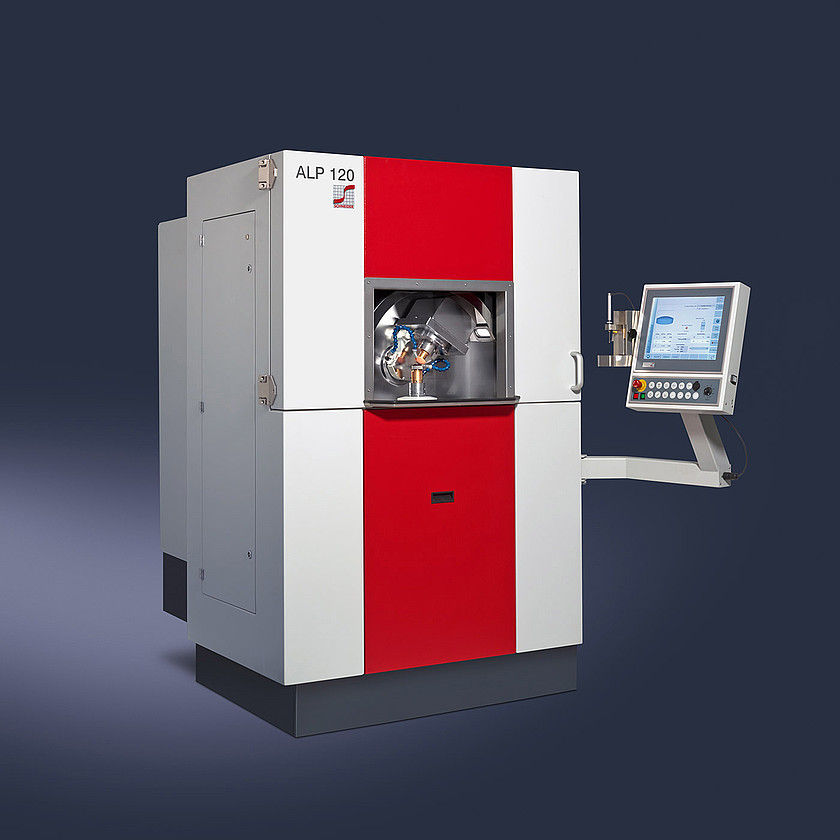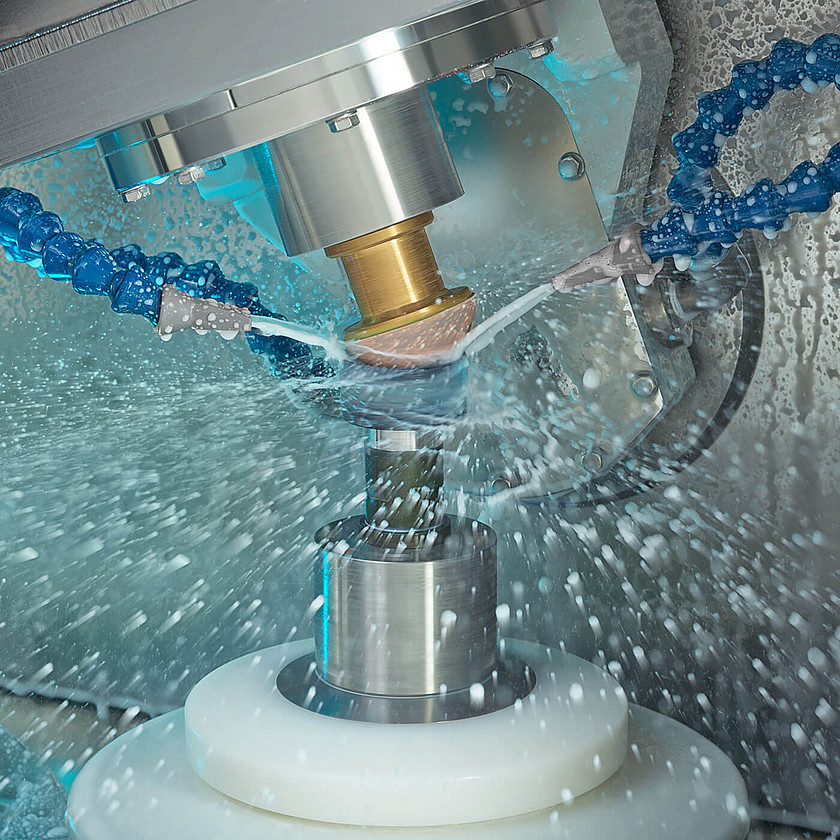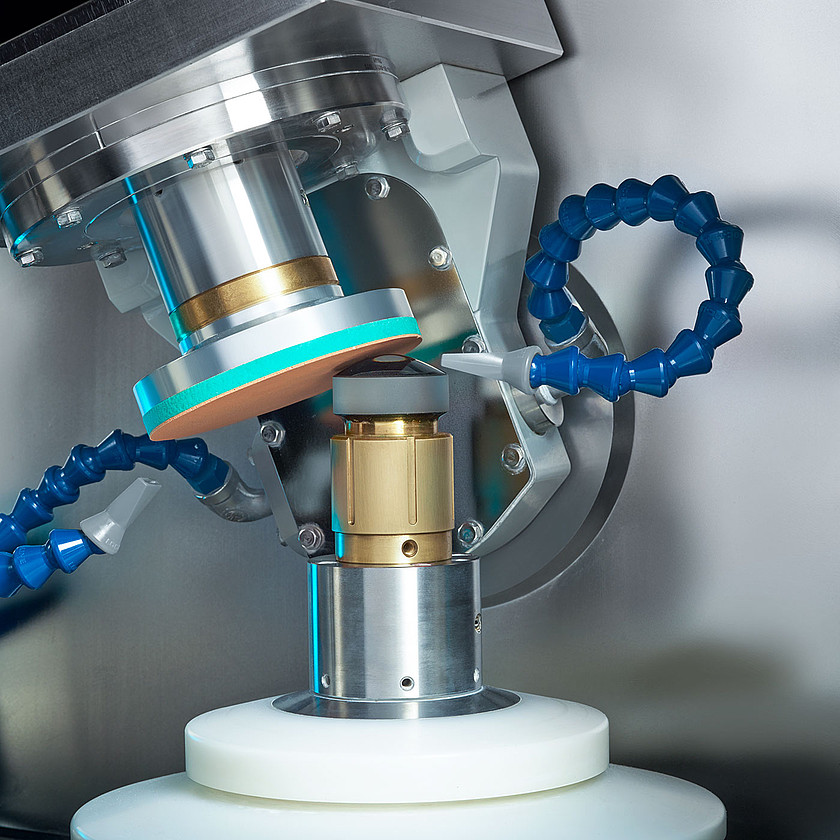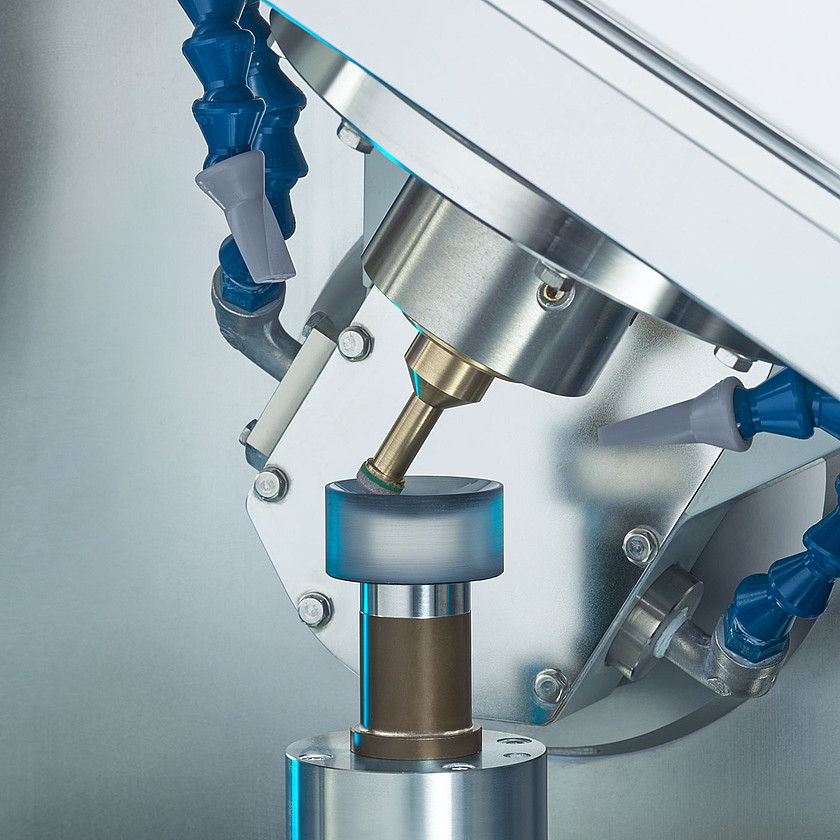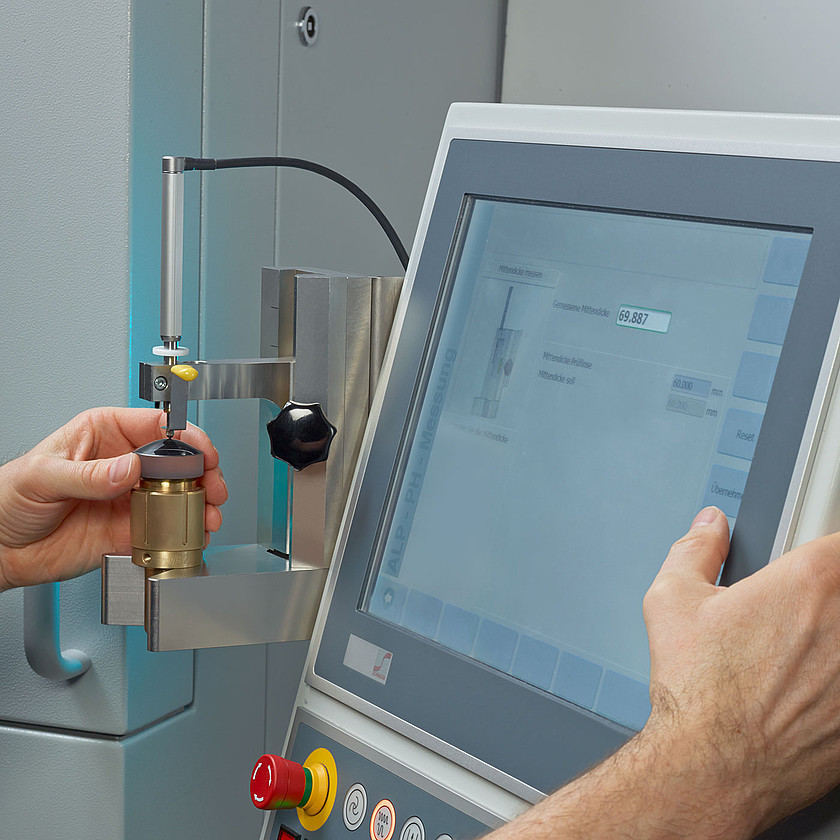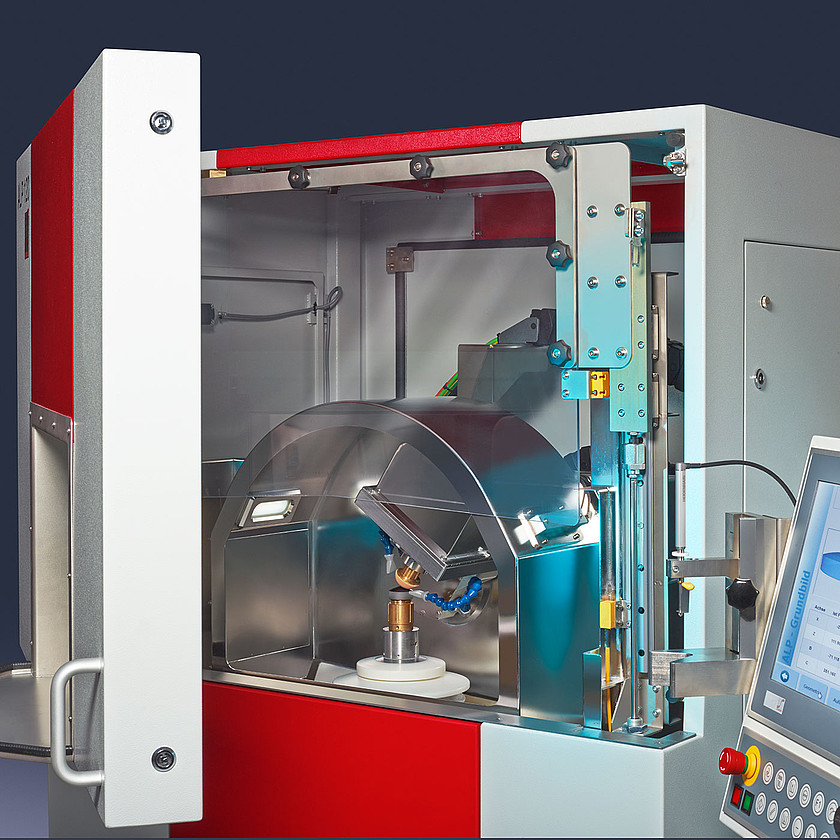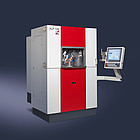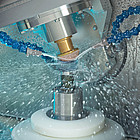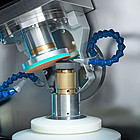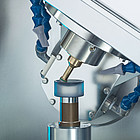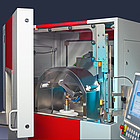Information
Introducing Aspherical Lens Polisher ALP 120
The ALP 120 was specifically designed for high-quality polishing of aspheres using SCHNEIDER‘s Advanced Polishing System 3D.
The combination of powerful machine technology and superior process design provides outstanding polishing results for even the most demanding specifications. Subsequent measurement and corrective polishing steps are reduced to a minimum thanks to the automatic calculation of error corrections and the control of significant threshold values.
Prefabricated tools with a superior microstructure guarantee highest surface quality, machine efficiency and productivity.
Machine design
Deterministic and stable results in aspheric polishing require a finely tuned system balance between machine design and process flow. A compact workspace eliminates any dried out polish maintaining an extremely accurate concentration level which produces the highest quality and form accuracy lens after lens.
Many common polishing technologies move the pad from edge to center, reversing the tool movement close to the sensitive lens center. The ALP 120 is specifically designed to polish aspheres at full stroke from edge to edge. This axis arrangement is fundamental to implementing a highly accurate process while treating the lens center as gently as possible. High-precision dual bearing systems provide maximum travel smoothness. Direct drive spindles centered on the axis of rotation help eliminate waviness.
Another focus of the polisher, besides highest lens quality, is utmost ease-of-use. Special material treatments on the inner shielding greatly reduce polish adhesion and make it easy to clean – crucial for any polish changes or adaptations. In addition, the work space design allows for convenient access and simplified maintenance.
Advanced Polishing System 3D
The Advanced Polishing System 3D (APS 3D) unites a new groundbreaking high-precision polishing technology for aspheres with an intelligent process flow and minimal user interaction. The new APS 3D software automatically considers the correction of previous grinding errors and continuously controls significant threshold values of the lens. Highly intelligent mathematical algorithms calculate all relevant process parameters like rotational speed and dwell time profile entirely based on analytical equations – no need for common and hard to use “empirical correction factors”.
Software guided calibration routines for tool and material type allow for easy initial setup of the machine as well as changes of the aspheric geometry. Just four prefabricated tools can polish nearly all varieties of aspheric lenses.
The target lens accuracy can be adjusted easily to individual needs by choosing different processing techniques such as constant material removal or lens correction.
The highly deterministic capabilities of APS 3D make it the perfect tool for any aspheric manufacturing operation. It allows for reliable and scalable industrial aspheric lens production – independent of highly specific know-how.
Benefits
- Superior aspheric lens polishing
- Highly deterministic process for best lens quality
- Extraordinary process stability
- Very short setup time for new geometries
- Minimal operator interaction
- Automated data handling
- Lens tracking
- Prefabricated high-accuracy tools
- Easy access for cleaning and maintenance
Technical Data
working range (max. Ø) spherical:
tool Ø 120 mm
working range (max. Ø) aspherical:
lens Ø 120 mm
working range radius
10 mm – flat
number of axes
4 (X, Z, B, C)
feed rate X-, Z-axis
0.01 – 15000 mm/min
travel range X, Z, B
182 mm, 118 mm, 183°
positioning and repeat accuracy
X-, Z-axis: +/- 0.001 mm
feed rate
B-Axis: 0.01 – 4300°/min
positioning and repeat accuracy
C-, B-axis: +/- 4”
tool spindle speed range
50 – 2500min-1 with 1.3 kW/4 Nm
workpiece spindle speed range
C-Axis: 25 – 2500min-1 with 3.2 kW/10 Nm
power consumption
14 kVA avg.
air requirement
min. 5 bar (73 psi)
vacuum
0.6 bar (8.7 psi)
machine weight
approx. 950 kg (2094 lb.)
dimensions without control panel (width x depth x height)
approx. 1220 x 1281x 1948 mm (48 x 50 x 77 inches)
All data subject to change without notice. Please verify details with SCHNEIDER.


